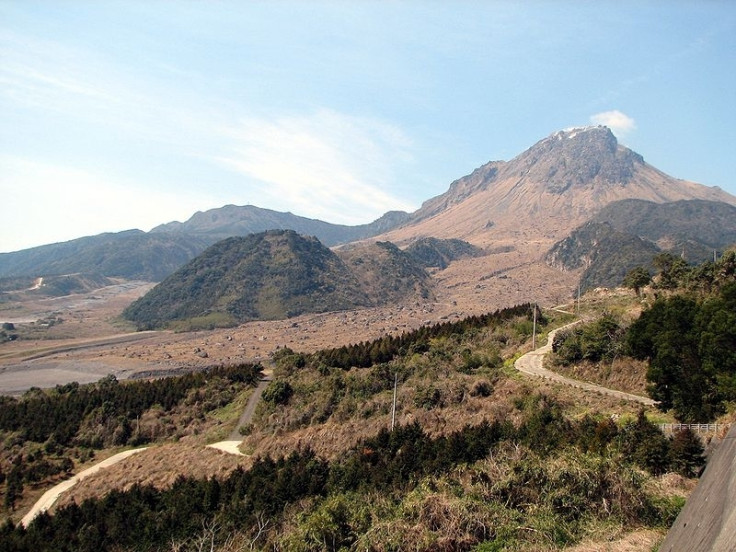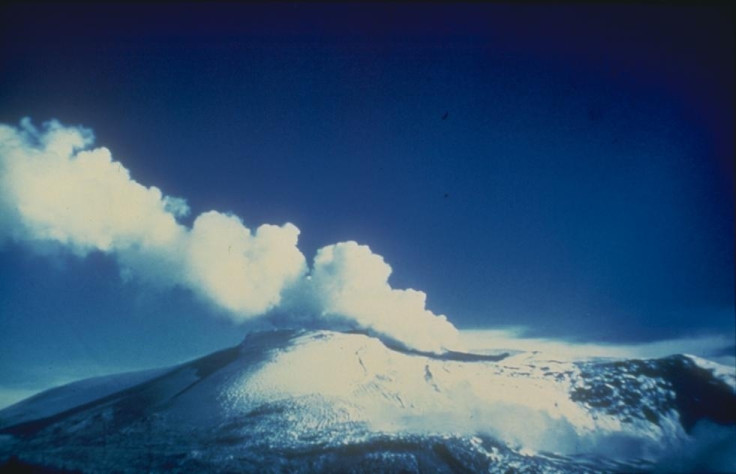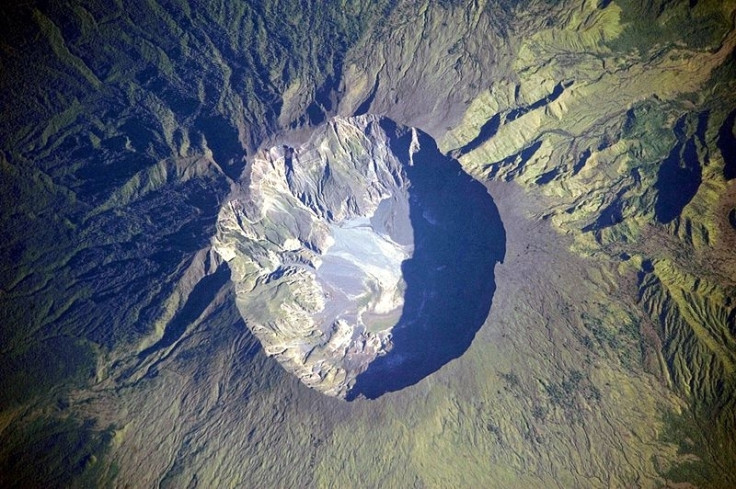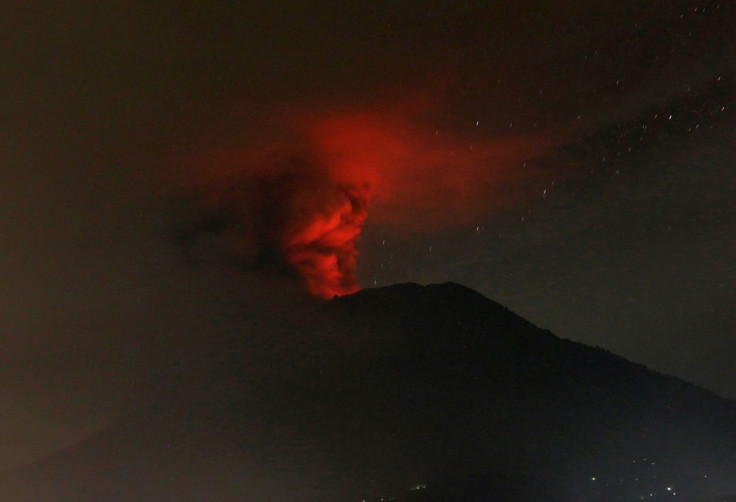These are the five deadliest volcanic eruptions in human history
In the last 500 years, volcanoes have caused an estimated 274,000 deaths, according to researchers.
On Monday, Indonesian authorities ordered a mass evacuation of people on the island of Bali and cancelled flights in the area as Mount Agung spewed out a huge cloud of ash, stoking fears that a large eruption may be imminent.
Volcanoes such as these have the potential to cause huge damage to life and property. In fact, in the last 500 years, volcanoes have caused an estimated 274,000 deaths, according to research published in the journal Science.
But how exactly do volcanic eruptions kill people? And what were the deadliest eruptions in human history?
Surprisingly, lava flows – which can reach 1,000 degrees Celsius - are the least of your worries if you are close to an eruption due to their slow speed.
Much more dangerous are so-called pyroclastic flows – fast-moving surges of volcanic gas, rock and sometimes mud which are hot enough to cook you alive and can travel at speeds of up to 125mph with enough force to knock down buildings. These cause the majority of deaths from volcanic eruptions.
Eruptions can also cause many indirect fatalities as a result of crop failures, disease, and even tsunamis triggered by volcanic debris or collapsing volcanoes. Falling ash can also pose a threat as it can cause buildings to collapse,

5 – Mt. Unzen, Japan (1792)
In a country notorious for the scale of its natural disasters, the eruption of Mt. Unzen was the deadliest in Japan's history causing the deaths of anywhere between 12,000 and 15,000 people. After the initial eruption, a large earthquake triggered a landslide from the Mayuyama peak which swept through the city of Shumabara before reaching the Ariake sea where it set off a tsunami.

4 - Mt. Ruiz, Colombia (1985)
While the eruptions of Nevado del Ruiz in Colombia were not particularly large or powerful, the impact on the surrounding regions was devastating. Powerful mud flows, ash and melted glacier snow, buried the town of Armero and other settlements killing around 25,000 people.

3 – Mt. Pelée, Martinique (1902)
Perhaps the worst volcanic disaster of the 20<sup>th century took place on the Caribbean island of Martinique. It killed around 30,000 people as 100mph pyroclastic flows entirely destroyed the city of St. Pierre – known as the 'Paris of the West Indies' - where there was only one survivor. Preceding the main eruption, an almost biblical plague of insects and deadly snakes began fleeing the mountain, disturbed by its tremors.

2 – Mt. Krakatoa, Indonesia (1883)
Krakatoa's eruption killed over 35,000 people, with an estimated 90% of the victims dying due to resulting tsunamis triggered by the volcano collapsing into itself. This destroyed a large proportion of the island of Krakatoa. The catastrophe involved a series of violent of explosions which took place over a few months, the loudest of which could even be heard in Australia - which lies more than 2,000 miles away. The eruption lowered global temperatures, while spectacular sunsets were witnessed around the world in the following months due to the effects of volcanic ash in the atmosphere.

1 – Mt. Tambora, Indonesia (1815)
The eruption of Mt. Tambora was the deadliest eruption in history, killing 90,000 people. It was so powerful it knocked 1,000 metres off the volcano's height. In addition, its after-effects were felt around the world. The following year, 1816, became known as the 'Year Without a Summer' because ash released during the eruption reduced temperatures worldwide causing crops to fail as far as Europe and America. It is thought that an additional 100,000 people may have died worldwide due to the reduction in temperatures and related outbreaks of disease.






















